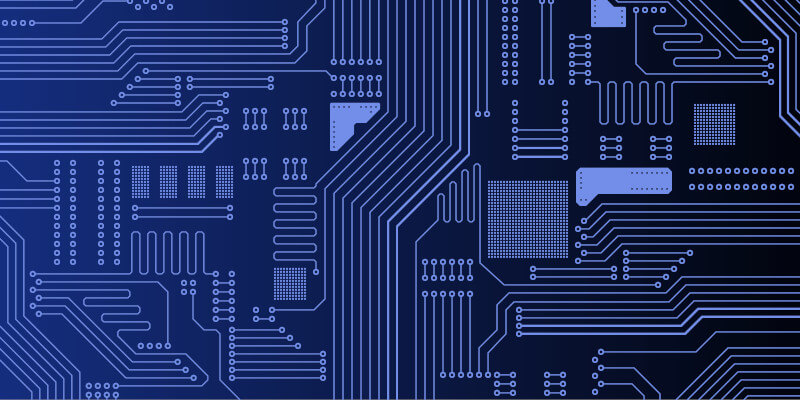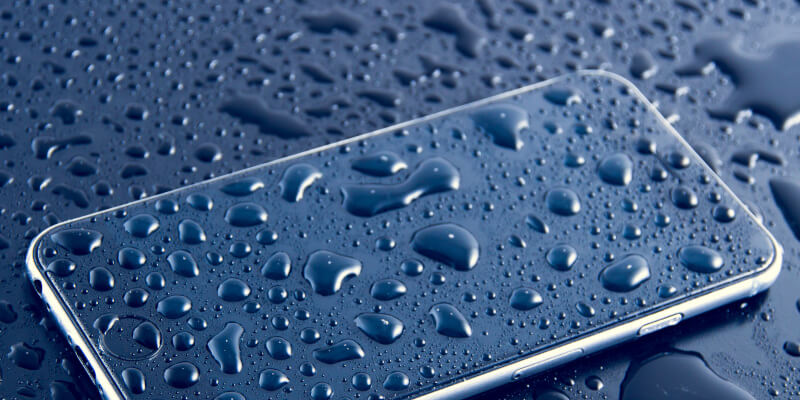
Import 3D and PCB designs to build virtual prototypes

Fine-tune touch sensitivity and water tolerance by making changes on-the-fly


Import 3D and PCB designs to build virtual prototypes

Fine-tune touch sensitivity and water tolerance by making changes on-the-fly

Release a guaranteed-to-work design to manufacturing
Better 3D model support with locking, scaling, and improved controls. Touch simulation now features full-area coverage and enhanced accuracy.
Don't just take our word for it. Watch the full design workflow from importing a PCB to simulating water droplets.
Previously, investing time to build and test a physical prototype was needed to meet your performance criteria
The balancing of factors that impact capacitive touch performance just got a whole lot easier


CapExt imports CAD and PCB design files and builds a virtual prototype that accurately represents your design
Now you can combat the above factors in a fun, fast and flexible environment - and even make changes on-the-fly to perfect your design.
CapExt's virtual prototype is an accurate physics representation of your design's sensor PCB and the overlay stackup.
The virtual prototype is built instantly when CapExt imports Gerber and DXF files. Once the prototype is ready, you just place the virtual touch probe and start touch testing.
Sensor layout as well as overlay thickness and materials can be modified on-the-fly and the results immediately evaluated.
Regardless of touch experience, CapExt is easy to master and its super-optimized algorithms and physics models allow it to run even on laptop computers. The science behind the tool combines theoretical physics with long-term experience in capacitive touch engineering. The result: amazingly representative results with surprisingly low requirements for processing power.
CapExt lets you expose your design to any environment that could affect touch performance. Bygone are days of building and testing physical prototypes only to find the design needs to be modified and retested.
Measure the impact of water droplets or heavy rain. Evaluate cross talk resulting from sensor placement or even conductive paint. Test the effects of a driven shield. Measure noise thresholds and calculate cutoff frequencies - and change the design on-the-fly to quickly see what improvements are beneficial.
Real touches are never dead center on the sensor or the width of a lab probe. However, finding thresholds for cross talk (overly sensitive) and missed touches (insufficient sensitivity) for all combinations of touch diameter and coordinates is time-consuming as the touches need to happen consecutively.
These limitations do not exist in the virtual world. CapExt's parallel touch processing engine measures a 32x32 grid of independent touches in under a minute, or a 100x100 grid in under 15 minutes on almost any computer - providing you with a 2D sensitivity map that is nearly impossible to create on a physical prototype.
If you would like to work with us to make capacitive touch easier to use, send us an email
 CapExt AS
CapExt AS© 2025